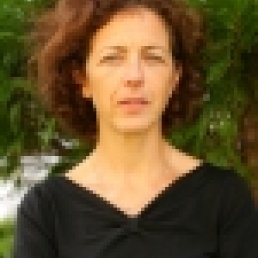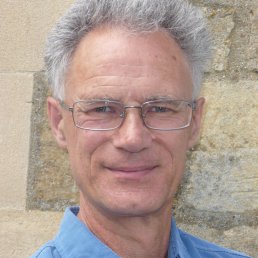Wondering about how to organise your DPhil? How to make the most of your supervision meetings?
In this session we will explore these and other questions related to what makes a successful DPhil with help from faculty members, postdocs and DPhil students.
In the first half of the session Helen Byrne and Roger Heath-Brown will give short talks on their experiences as PhD students and supervisors.
The second part of the session will be a panel discussion, and the panel will consist of Emily Cliff, Benjamin Green, Paul Taylor and Andrew Thompson. Senior faculty members will be kindly asked to leave the lecture theatre - to ensure that students feel comfortable with discussing their experiences with later year students and postdocs/research fellows without any senior faculty present.
At 5pm senior and junior faculty members, postdocs and students will reunite in the common room for the happy hour.
About the speakers and panel members:
Helen Byrne received her DPhil from Oxford under the supervision of John Norbury. She was a Professor of Applied Mathematics in Nottingham from 2003 to 2011, when she moved to Oxford where she is a Professor in Mathematical Biology.
Roger Heath-Brown received his PhD from Cambridge under the supervision of Alan Baker. He moved to Oxford in 1979, where he has been a Professor of Pure Mathematics since 1999.
Emily Cliff received her DPhil from Oxford in 2015 under the supervision of Kobi Kremnitzer, and she is now a postdoc in the Geometry and Representation Theory group.
Benjamin Green and Paul Taylor are both fourth year DPhil students; Benjamin Green is a member of the Number Theory group,
while Paul Taylor is in the Mathematical Biology group.
Andrew Thompson received his PhD from the University of Edinburgh in 2012 under the supervision of Coralia Cartis and Jared Tanner, and he has been a Lecturer in Computational Mathematics at Oxford since 2014.




